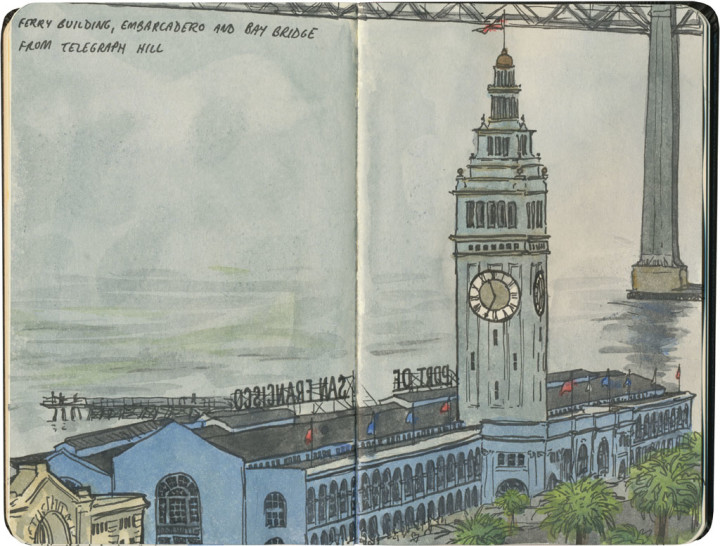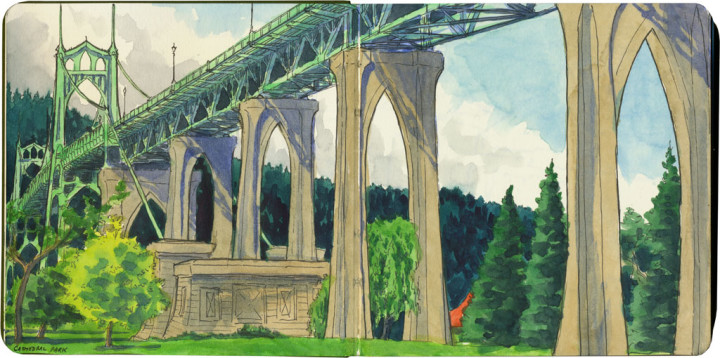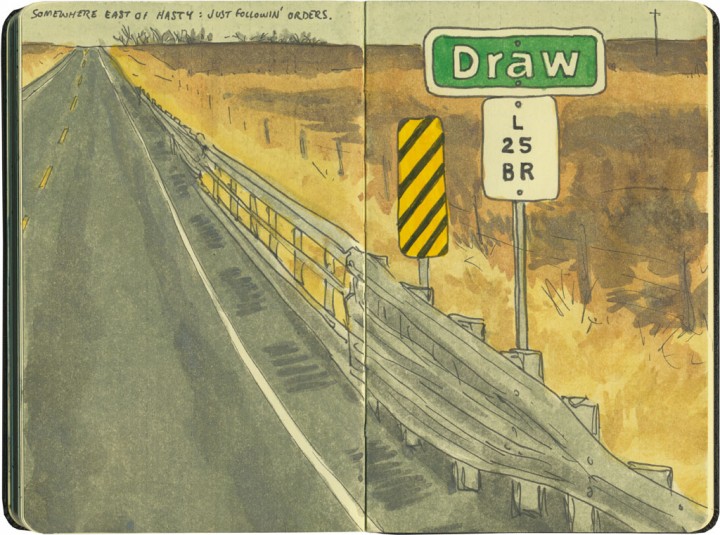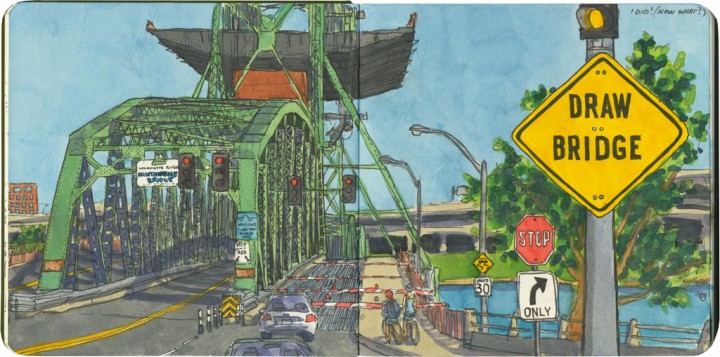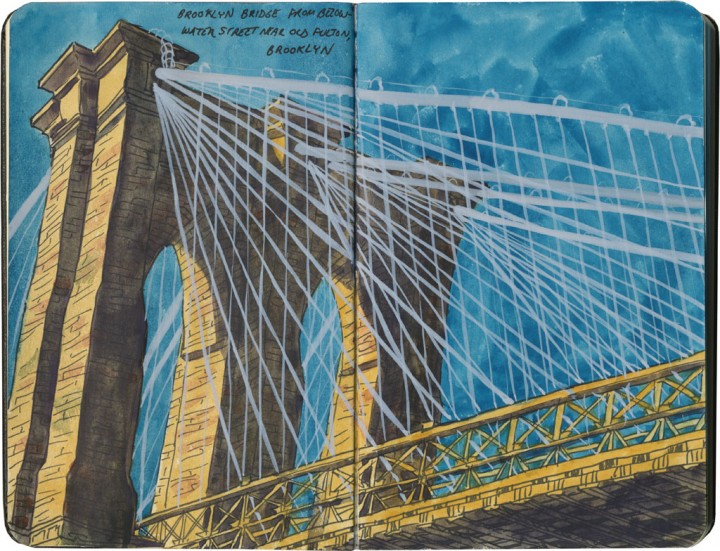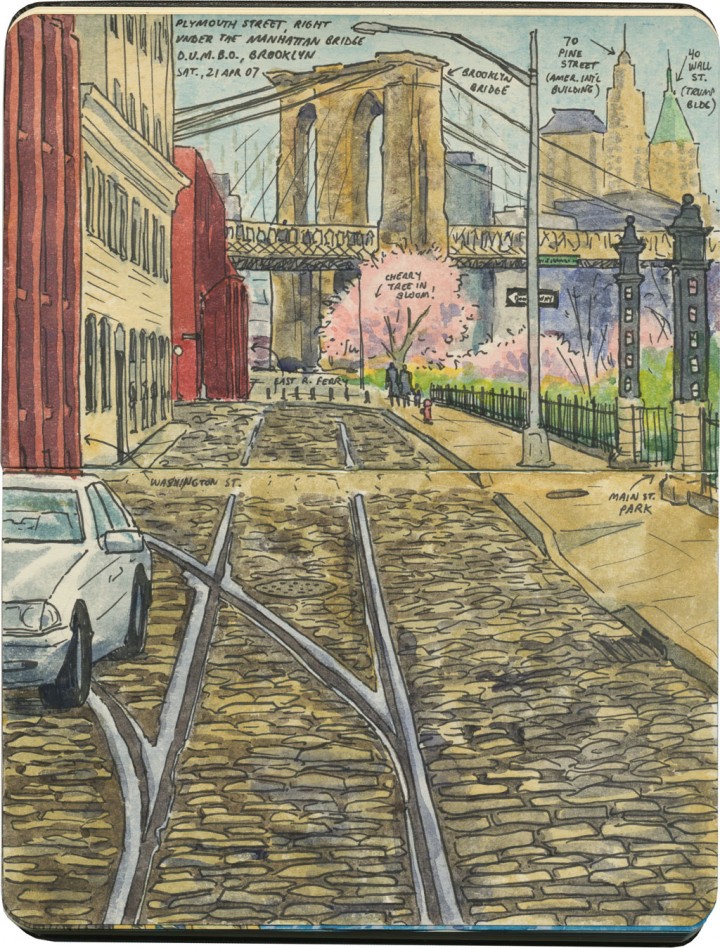This post is part of an ongoing series called 66 Fridays, which explores the wonders of old Route 66. Click on the preceding “66 Fridays” link to view all posts in the series, or visit the initial overview post here.
Route 66 was commissioned during something of a golden age of American infrastructure design. Thanks to various building booms and organizations like the WPA, the highway is studded with functional architecture that is also incredibly beautiful. One shining example is the magnificent Colorado Street Bridge in Pasadena.
Curving gracefully across the Arroyo Seco that divides Los Angeles from its inner-ring suburbs, the bridge was once the tallest concrete span on earth. Sadly, this may be what inspired the bridge’s more well-known moniker: Suicide Bridge. Over a hundred suicides have taken place there over the years—the vast majority of them during the Great Depression. With so many deaths to its name, the bridge also has a reputation for ghost sightings and other haunted tales.
I knew none of this on the day I crossed (and sketched) the Arroyo. To me, the bridge was just a stunning welcome to Los Angeles, the last major city on Route 66. I guess it’s a fitting way to cross over into the City of Angels.



